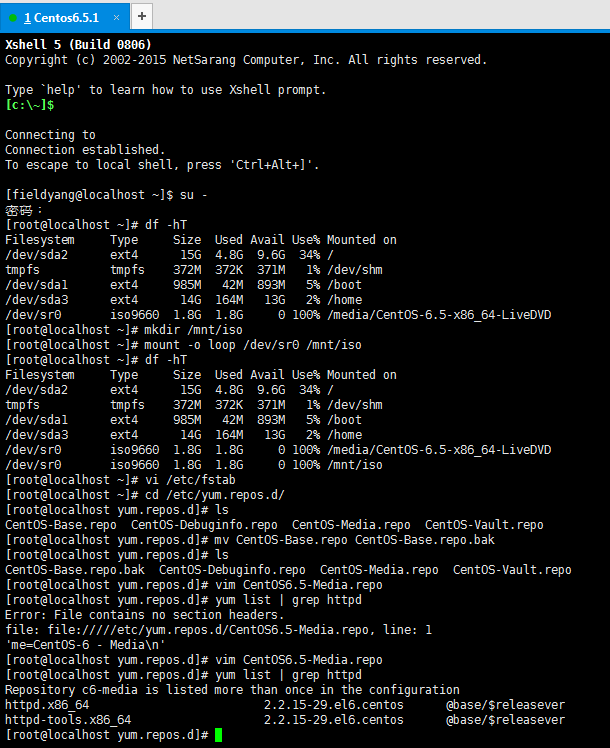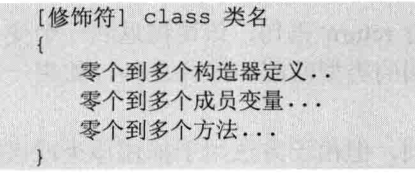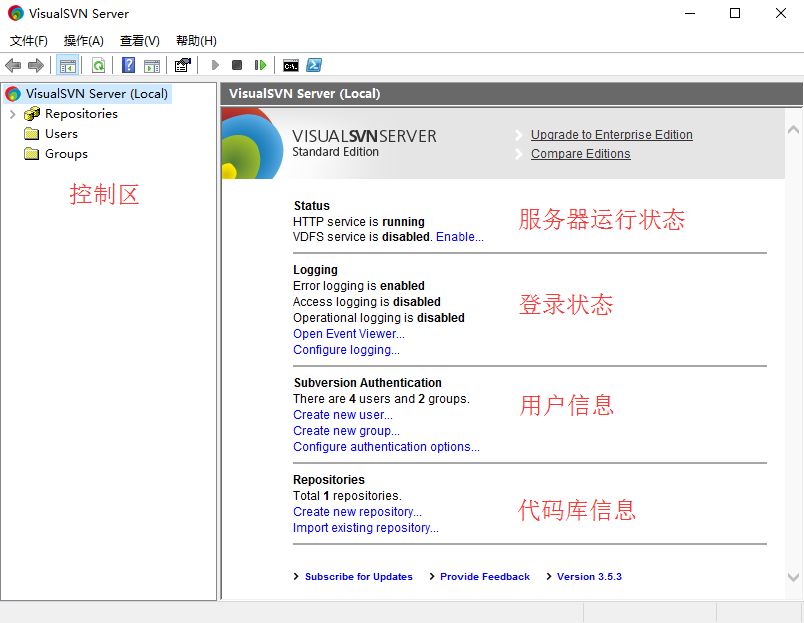POCO C++库学习和分析 -- 异常、错误处理、调试
POCO C++库学习和分析 — 异常、错误处理、调试
1. 异常处理
C++同C语言相比,提供了异常机制。通过使用try,catch关键字可以捕获异常,这种机制使得程序员在程序异常发生时,可以通过判断异常类型,来决定程序是否继续执行,并在程序结束之前优雅的释放各类资源。当然对于C++的异常机制也存在着很多的争议。在这里,并不对此展开讨论,只介绍一下Poco中的异常类。**Poco中的异常类:**1. 所有的异常类都是Poco::Exception的子类。2. Poco::Exception继承自std::exception类。3. Foundation库中涉及的异常类,包括了下面一些:a) Poco::LogicException类负责处理程序错误,包括了:AssertionViolationExceptionNullPointerExceptionNullValueExceptionBugcheckExceptionInvalidArgumentExceptionNotImplementedExceptionRangeExceptionIllegalStateExceptionInvalidAccessExceptionSignalExceptionUnhandledExceptionb) Poco::ApplicationException类负责处理应用程序相关的错误,即使用Poco库的用户自定义异常。c) Poco::RuntimeException类负责处理程序运行时的错误,包括了:RuntimeExceptionNotFoundExceptionExistsExceptionTimeoutExceptionSystemExceptionRegularExpressionExceptionLibraryLoadExceptionLibraryAlreadyLoadedExceptionNoThreadAvailableExceptionPropertyNotSupportedExceptionPoolOverflowExceptionNoPermissionExceptionOutOfMemoryExceptionDataExceptionDataFormatExceptionSyntaxExceptionCircularReferenceExceptionPathSyntaxExceptionIOExceptionProtocolExceptionFileExceptionFileExistsExceptionFileNotFoundExceptionPathNotFoundExceptionFileReadOnlyExceptionFileAccessDeniedExceptionCreateFileExceptionOpenFileExceptionWriteFileExceptionReadFileExceptionUnknownURISchemeException
成员函数及数据定义:
1. Poco::Exception包括了一个名字,这是一个静态的字符串,用来描述异常本身。比如说LogicException名字为"Logic exception",TimeoutException名字为"Timeout"。2. Poco::Exception还包含了一个字符串消息,这是用来进一步描述异常的。使用的的人可以在运行时定义它。比如都是LogicException异常,函数一处抛出异常时可定义为"Function1",函数二处抛出时异常时可定义为用"Function2",它可以用来说明异常发生的具体位置和原因。3. 一个可选的嵌套异常类4. 构造函数:a) 可以使用0个,1个或2个字符串参数来构造异常。在Poco::Exception内部存储的时候,第二个字符串会使用字符":"和第一个字符串串联。b) 构造时如果使用了字符串和嵌套异常的方式,嵌套异常会被复制一份。5. Poco::Exception支持拷贝和赋值运算符6. const char\* name()返回异常的名称7. const std::string& message()返回在构造时传入的消息字符串8. std::string displayText() const同时返回异常名字和消息字符串,中间使用": "分隔9. const Exception\* nested() const如果存在嵌套异常的话,返回之歌指向嵌套异常的指针,否则返回010. Exception\* clone() const返回一个异常的拷贝11. void rethrow() const重新抛出异常
定义自己的异常:
因为从Poco::Exception继承,去定义自己的异常时,工作非常的枯燥且重复(用户需要重载大量的虚函数),在库中提供了两个宏来完成这个工作:
POCO_DECLARE_EXCEPTION:用来申明异常宏
POCO_IMPLEMENT_EXCEPTION: 用来定义异常宏的执行体
两个宏分别定义如下:// MyException.h#include "Poco/Exception.h"POCO_DECLARE_EXCEPTION(MyLib_API, MyException, Poco::Exception)// MyException.cpp#include "MyException.h"POCO_IMPLEMENT_EXCEPTION(MyException, Poco::Exception,"Something really bad happened...")宏展开分别为:// MyException.h#include "Poco/Exception.h"POCO_DECLARE_EXCEPTION(MyLib_API, MyException, Poco::Exception)class MyLib_API MyException: public Poco::Exception{public:MyException();MyException(const std::string& msg);MyException(const std::string& msg, const std::string& arg);MyException(const std::string& msg, const Poco::Exception& nested);MyException(const MyException& exc);~MyException();MyException& operator = (const MyException& exc);const char* name() const;...};// MyException.cpp#include "MyException.h"POCO_IMPLEMENT_EXCEPTION(MyException, Poco::Exception,"Something really bad happened...")...const char* MyException::name() const throw(){return "Something really bad happened...";}...下面是一个例子:#include "Poco/Exception.h"#include <iostream>int main(int argc, char** argv){Poco::Exception* pExc = 0;try{throw Poco::ApplicationException("just testing");}catch (Poco::Exception& exc){pExc = exc.clone();}try{pExc->rethrow();}catch (Poco::Exception& exc){std::cerr << exc.displayText() << std::endl;}delete pExc;return 0;}
2. 断言
POCO库中提供了一些断言的宏来进行运行时检查,这些断言能够提供出错代码的行号和文件信息。1. Debugger::\_assert(cond)如果cond ≠ true时,抛出一个AssertionViolationException异常。2. poco\_assert\_dbg(cond)同poco\_assert类似,但是只在debug模式下起作用3. poco\_check\_ptr(ptr)如果ptr为空,则抛出NullPointerException异常4. poco\_bugcheck(), poco\_bugcheck\_msg(string)抛出BugcheckException异常POCO的断言类在debug调试模式下(比如在Visual C++)中时,会触发一个breakpoint。比如:void foo(Bar* pBar){poco_check_ptr (pBar);...}void baz(int i){poco_assert (i >= 1 && i < 3);switch (i){case 1:...break;case 2:...break;default:poco_bugcheck_msg("i has invalid value");}}这主要是因为Poco中的断言类是通过Poco::Debugger去实现的,在Poco::Debugger底层调用了不同操作系统的API,去判断程序是否处于调试状态。如VC下,调用了BOOL WINAPI IsDebuggerPresent(VOID);VOID WINAPI DebugBreak(VOID);
3. NDC(Nested Diagnostic Context)
3.1 概述
NestedDiagnosticContext是为了多线程诊断而设计的。我们在写程序时,一般都需要同时处理多个线程。为了更加便捷的处理多线程情况,为每个线程产生各自的日志。Neil Harrison 在他的书中" [Patterns for Logging Diagnostic Messages,][Patterns for Logging Diagnostic Messages]" in Pattern Languages of Program Design 3, edited by R. Martin, D. Riehle, and F. Buschmann (Addison-Wesley, 1997) 中提出了一个方法。独特地标记每个日志请求,用户把上下文信息送入NDC,NDC是 Nested Diagnostic Context的缩写。在这本书里提到了3种日志方法,分别是:1. DiagnosticLogger分离日志和程序其他模块2. TransactionalBuckets事务桶,为事务单独建立日志3. TypedDiagnostics类型化诊断,为所有的诊断信息提供统一的展现
我们还是回到Poco中的NDC上。在Poco中和NDC相关的内容包括了,NestedDiagnosticContext类,NDCScope类,宏poco_ndc和poco_ndc_dbg。其中NestedDiagnosticContext类维护一个NDC对象,其中包括了上下文的栈信息,有函数方法名,源文件代码文件名,行号。宏poco_ndc(func) or poco_ndc_dbg(func)申明了一个NDCScope对象。而NDCScope对象则完成了上下文的入栈工作。下面是一个例子:
#include "Poco/NestedDiagnosticContext.h"#include <iostream>void f1(){poco_ndc(f1);Poco::NDC::current().dump(std::cout);}void f2(){poco_ndc(f2);f1();}int main(int argc, char** argv){f2();return 0;}
3.2 实现
3.2.1 线程本地存储
在Poco中实现时,用了一些小技巧,即线程本地存储。我们来看Poco中TLS的类图:

CurrentThreadHolder类是TLS实现的具体类,在每个Thread对象中包含了一个CurrentThreadHolder对象。Thread创建的时候,CurrentThreadHolder会调用不同操作系统的API函数,获取并保存一个固定槽位,用于保存Thread对象的指针。每个Thread对象中还包含了一个ThreadLocalStorage对象。ThreadLocalStorage类用于保存具体的线程信息数据,它是一个TLSSlot对象的集合。通过泛型实现TLSSlot后,ThreadLocalStorage可用于保存任何数据的。使用了TLS技术后,调用Thread的静态函数current可以获取到每个线程对象Thread的指针,然后再通过这个Thread对象的指针,可以获取到ThreadLocalStorage对象,并最终获取或保存数据于TLSSlot中。通过类的静态函数获取类实例的指针,在C++中是不存在的,这需要操作系统支持,只有Thread对象才能做到这一点。
3.2.2 NDC
在来看一张Poco中NDC类的类图:

使用者通过调用宏poco\_ndc和poco\_ndc\_dbg,来构建一个NDCScope对象。宏定义如下:#define poco_ndc(func) \Poco::NDCScope _theNdcScope(#func, __LINE__, __FILE__)#if defined(_DEBUG)#define poco_ndc_dbg(func) \Poco::NDCScope _theNdcScope(#func, __LINE__, __FILE__)#else#define poco_ndc_dbg(func)#endifNDCScope实现了诊断信息上下文的入栈出栈工作,它通过调用NestedDiagnosticContext类的静态函数current实现了此功能。其定义如下:inline NDCScope::NDCScope(const std::string& info){NestedDiagnosticContext::current().push(info);}inline NDCScope::NDCScope(const std::string& info, int line, const char* filename){NestedDiagnosticContext::current().push(info, line, filename);}inline NDCScope::~NDCScope(){NestedDiagnosticContext::current().pop();}NestedDiagnosticContext类的current()是个静态函数,其定义如下:namespace{static ThreadLocal<NestedDiagnosticContext> ndc;}NestedDiagnosticContext& NestedDiagnosticContext::current(){return ndc.get();}而ThreadLocal是一个辅助类,用于获取线程对象的本地存储信息或者是主线程的本地存储信息。template <class C>class ThreadLocal/// This template is used to declare type safe thread/// local variables. It can basically be used like/// a smart pointer class with the special feature/// that it references a different object/// in every thread. The underlying object will/// be created when it is referenced for the first/// time./// See the NestedDiagnosticContext class for an/// example how to use this template./// Every thread only has access to its own/// thread local data. There is no way for a thread/// to access another thread's local data.{typedef TLSSlot<C> Slot;public:ThreadLocal(){}~ThreadLocal(){}C* operator -> (){return &get();}C& operator * ()/// "Dereferences" the smart pointer and returns a reference/// to the underlying data object. The reference can be used/// to modify the object.{return get();}C& get()/// Returns a reference to the underlying data object./// The reference can be used to modify the object.{TLSAbstractSlot*& p = ThreadLocalStorage::current().get(this);if (!p) p = new Slot;return static_cast<Slot*>(p)->value();}private:ThreadLocal(const ThreadLocal&);ThreadLocal& operator = (const ThreadLocal&);};到这里Poco中所有的NDC流程都被打通了,用户终于可以实现按线程打印日志信息了。
(版权所有,转载时请注明作者和出处 http://blog.csdn.net/arau_sh/article/details/8698353)



































还没有评论,来说两句吧...